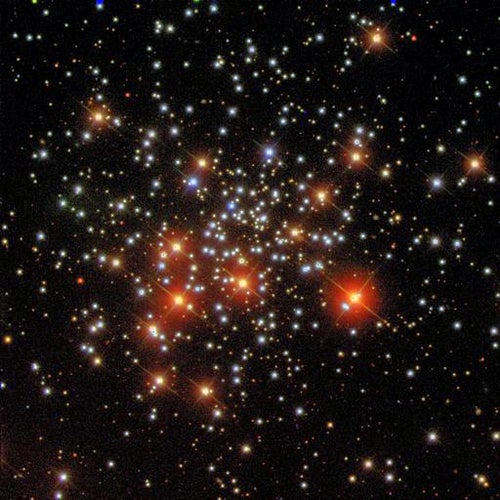The most ambitious astronomical sky survey ever undertaken has secured funding to continue collecting data. The Sloan Digital Sky Survey (SDSS) was originally scheduled to end this year, but it has been extended through summer 2008.
The SDSS has already measured the brightness, color, and positions of hundreds of millions of stars, quasars, and galaxies since its first light in June 1998. The 3-year extension, called SDSS-II, has three components that will continue the exciting discoveries — most notably the cosmic-web structure of the universe — of the past 7 years.
The first part, LEGACY, will, as its name implies, extend the current survey of the extragalactic universe. It will take images and find distances to a million galaxies and quasars in a portion of the sky in the Northern Hemisphere, similar to what SDSS has been doing.
The second part of SDSS-II is called the Sloan Extension for Galactic Understanding and Exploration (SEGUE). SEGUE will map the structure and stellar makeup of the Milky Way to determine how our galaxy formed and evolved. Astronomers can then study the “ages, chemical compositions, and space distribution of stars [which] are major clues to understanding how our own galaxy formed, and, by example, how galaxies, in general, formed,” says Heidi Newberg, an SDSS consortium member from Rensselaer Polytechnic Institute.
SDSS-II will, in the third project, study supernovae. By precisely measuring the distances to supernovae, astronomers can map the rate of the universe’s expansion to verify the existence of dark energy.
SDSS, and soon to be SDSS-II, is a database, with data available for both the public and the science community. The SDSS telescope is a 2.5-meter reflector located at Apache Point Observatory in Sunspot, New Mexico. Twenty-three institutions make up the SDSS consortium.










